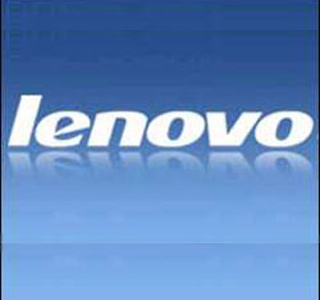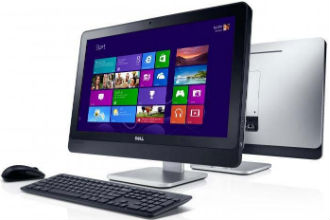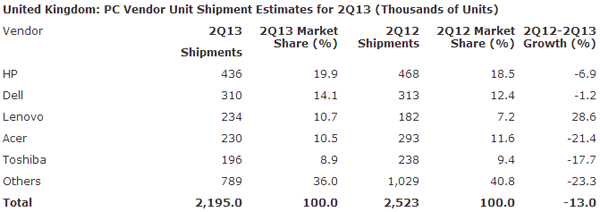 PC shipments in Europe are down again. New figures fresh out of the International Data Corporation (IDC) show that second-quarter PC shipments in the EMEA region were down 22.2 percent compared to the same quarter last year.
PC shipments in Europe are down again. New figures fresh out of the International Data Corporation (IDC) show that second-quarter PC shipments in the EMEA region were down 22.2 percent compared to the same quarter last year.
EMEA PC shipments last quarter reached 19.6 million units and portable PCs got the worst of it, with a 26-percent drop and shipments of 12.4 million units. Desktops fared a bit better, with shipments of 7.2 million units, down 14.6 percent.
In Western Europe shipments declined by 21.2% year-on-year. Britain did rather well, all things considered, as it was down just 14%. Germany slowed down 18.7%, while France remained the softest with a 20.9% drop.
However, let’s not forget about Southern Europe – PC shipments in Spain dropped 43.7 percent and with no end to Spain’s economic woes in sight, the trend is likely to continue. Central Europe was down 27 percent, while the Middle East and Africa slumped 18 percent. Although Middle Eastern economies and Turkey are doing rather well, political instability and economic uncertainty are taking their toll.
“The evolution of form factors and the change in perception of mobile computing to ‘always on and always connected’ devices, development of social networks and Internet infrastructure, are all changing consumer behaviour impacting the way PCs are utilized,” said Maciej Gornicki, senior research analyst, IDC EMEA Personal Computing. “While Windows-based hybrid devices, convertible or ultraslim notebooks with touch capabilities generate a clear interest, sales remain weak.”
Gornicki noted that one of the main inhibitors to growth in new form factors remains price, but IDC expects prices to tumble in time for the holiday season and sales of ultraslim notebooks should pick up in the fourth quarter and beyond.
It is also worth noting that notebook sales figures include mini notebooks, or netbooks, which are dying out. Meanwhile desktop sales don’t appear to be slowing down at the same rate as portable PC sales, as they can’t be cannibalized by tablets. Besides, desktops are a staple for small businesses and corporate users who can’t always hold off purchases like consumers.
Although the decline was significant, some vendors still managed to stay in the black. Lenovo’s shipments grew 19 percent year-on-year, making it the only big brand to see any growth. Lenovo ranked second, with 2.62 million PCs shipped. HP is still the EMEA market leader with shipments of 3.72 million units, but unlike Lenovo its shipments were down 23.2 percent compared to a year ago. As a result there was no big change in HP’s market share, which currently stands at 19 percent, down from 19.2 percent. However, Lenovo’s share increased from 8.7 percent in Q2 2012 to 13.4 percent last quarter.
Acer ranked third with 2.26 million units, but it also suffered a massive 42.2 percent drop in shipments and saw its market share tumble from 15.5 percent to 11.5 percent. Dell’s shipments dropped 9 percent, but it actually managed to grow its market share to 10.7 percent, up from 9.1 last year. Asus also suffered a slump, with 1.69 million shipped boxes, down 38.5 percent.
 Beancounters at IDC have added up some numbers and concluded that the second quarter was good for the PC market.
Beancounters at IDC have added up some numbers and concluded that the second quarter was good for the PC market.












